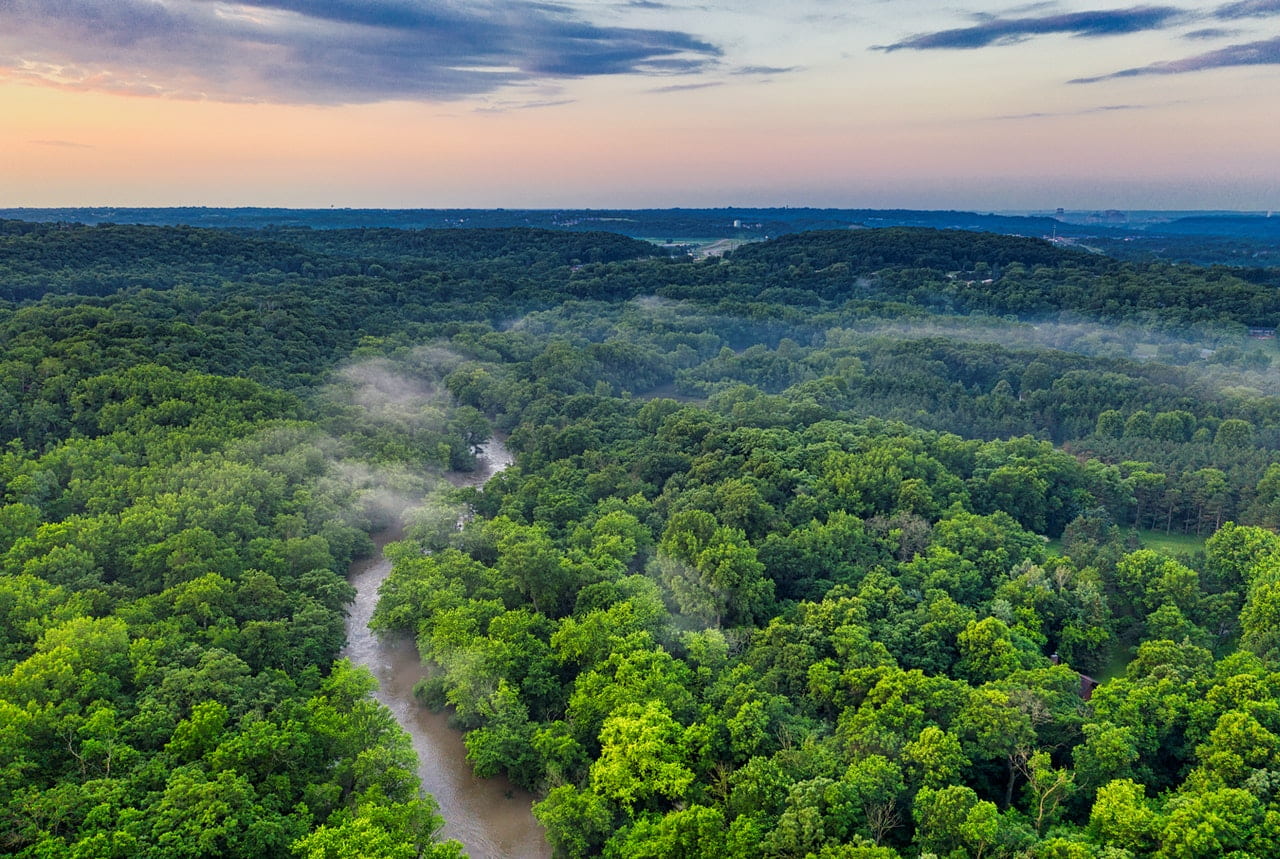A Review of The Tupac Amaru Rebellion
Tracing Latin America’s Revolutionary Roots

The Tupac Amaru Rebellion by Charles F. Walker (The Belknap Press of Harvard University Press, 2014)
On May 18, 1781, Spanish authorities in Cuzco executed José Gabriel Condorcanqui Noguera, also known as Tupac Amaru, in front of thousands of onlookers. Claiming to be the rightful heir to the last Inca emperor, Tupac Amaru I (1545-1572), José Gabriel called for the abolition of la mita, the labor draft, and other policies that oppressed the indigenous population of what was then the Viceroyalty of Peru. By invoking his royal Inca blood, Tupac Amaru galvanized indigenous support that would shake the Spanish colonial system to its core. However, to call this an indigenous uprising would be an oversimplification. Indigenous troops fought on both sides of the conflict, and its complexity reflected the infamous caste system of colonial Spain.
Moreover, this conflict was not between believers and non-believers. Devout Christians led both sides of what became total war. In fact, Tupac Amaru acted in the name of King Charles III, always maintaining devotion to both the crown and church.
Charles F. Walker’s The Tupac Amaru Rebellion is a captivating historical narrative derived from sources ranging from legal and court documents to lovers’ intimate correspondences. Walker presented the initial arguments of the book at the Harvard Andeanist workshop several years ago. Right away Walker made it clear that one can’t hope to understand the rebellion without understanding Tupac Amaru himself and the many larger-than-life individuals involved, who include family members, business partners, political rivals and religious officials, all firmly fixed in the social system put in place by the Toledo Reforms roughly two centuries prior.
The book’s introductory scene is indicative of Walker’s understanding of the racial, religious, and political dynamics of the time. He shows Tupac Amaru with Antonio de Arriaga, the corregidor in charge of the labor draft, at the house of Carlos Rodríguez, the priest of Yanaoca and Tupac’s childhood teacher. The soon-to-be rebel leader was well-educated, particularly in theology, and fluent in both Spanish and Quechua, the native vernacular. In that language Tupac Amaru invoked his Inca ancestry as he declared his grievances to people from the church steps of cities and villages.
Surprising to me as a student with a “Western” education and perspective, the book reveals how underrepresented the rebellion is in global history. The rebellion and its aftermath cost more than 100,000 lives and shaped political landscapes in Europe and the Americas. Walker gives the conflict a degree of analysis that reflects its magnitude.
Though many historians have tackled the subject of the Tupac Amaru rebellion, few offer as clear, nuanced and intricate approach as Walker; he avoids the simplified messianic explanation of Tupac Amaru as a god-king trying to usher in in a new age of the Inca. This explanation captures the passionate reverence of natives for Tupac Amaru, along with the Inca belief in the cyclicality of time, but it overlooks many of the intricacies of the conflict. One is that indigenous fighters, both voluntary and coerced, constituted the majority of forces on both sides; another is that both parties blamed mestizos for many failures. Racial and social dynamics throughout the conflict were very fluid, adjusting to factors ranging from socioeconomics to geopolitics, from personal life to propaganda. Scapegoating and genocide are two terms that come to mind. Walker tackles the task of unraveling these knots, meticulously but excitingly taking the reader from person to person and place to place so as to provide the rich and invaluable context that marks his work.
Similarly, many have viewed the rebellion as an attempt to subvert the colonial system altogether. Walker is careful to note that this is not necessarily the case. Again, Tupac Amaru keeps his allegiance to the crown and church throughout the entire conflict as he seeks to abolish and adjust aspects of the colonial system, particularly la mita. Ultimately, however, Tupac Amaru sought to create a multi-racial and Christian community. He recognized the legitimacy of Spanish authority, but argued that the authorities became mired in greed and corruption, partially due to their separation from the Iberian Peninsula. Though Walker occasionally settles for describing the conflict’s many complexities as complexities rather than breaking them down, one must recognize the limits of source material and reliable documentation that he has overcome in the writing of this book.
One of the work’s most striking attributes was its attention to logistics, especially military logistics. Detailed accounts of supply chains, troop movement and financing offer clues as to the conditions of the rebellion. One of Walker’s most interesting depictions is that of Micaela Bastidas, the rebel leader’s wife. Various accounts describe her as more terrifying and authoritative than her husband. While Tupac Amaru followed his forces for hundreds of miles, Bastidas remained at their home and headquarters in Tungasuca, overseeing payment, supplies and intelligence gathering. The work describes numerous sieges, particularly that of La Paz, that tested logistical prowess and grit. I was shocked by grim depictions of cadaver-filled streets and cannibalism.
Moreover, the work is full of personal stories, ranging from Juan Manuel Monsoco’s (the Bishop of Cuzco’s) excommunication of Tupac Amaru to love stories. One of Walker’s most interesting analyses is that of divisions within the groups. After the royalists captured and executed Tupac Amaru, some of the most brutal stages of the rebellion followed. Those who took over the reins, Diego Cristóbal, Mariano Tupac Amaru and Andrés Mendigure, were just 26, 18 and 17 years old respectively. Numerous royalist accounts noted their troops’ problems with weather conditions and extreme topography. The suffering and violence caused divisions between soft-liners and hard-liners on both sides. One of the most interesting is the power struggle between the hard-liner visitador José Antonio de Areche and a more subdued viceroy, General del Valle.
Though the Spanish eventually repelled and subdued the rebellion then led by Tupac Katari, Walker notes that they failed to “white-wash” the memory of Tupac Amaru. He remains a prominent figure today, as both a legendary and revolutionary figure. Modern guerilla groups have invoked the rebel’s name, such as the Túpac Amaru Revolutionary Movement in Peru and the Tupamaros in Uruguay. Even the prominent rapper, Tupac Shakur, was named after the last of the Inca.
Tupac Amaru is a figure that is often overlooked. The revolution he spurred was costlier and covered more ground than the contemporaneous American revolution. Pillaging and raping were not only commonplace but were described in letters as vital to the war effort. Micaela and Tupac recognized and lamented the burden that their forces placed on the local communities, yet they remained steadfast in their belief that they acted for God and Charles III.
Walker’s The Tupac Amaru Rebellion is rich in detail and vivid in language. There is ample material from which to draw parallels to the region today. Colombia and FARC’s recent peace agreement is a perfect example of a guerilla force that utilized comparable tactics to those demonstrated by Tupac Amaru and Tupac Katari especially. While guilty of drug-trafficking and violence, FARC also called for changes similar to those of the Tupac Amaru movement, such as the redistribution of land. Royalist hard-liners would demand harsher punishment, much like visitador Areche, while soft-liners such as Bishop Monsoco called for concessions and peacemaking. After much debate and deliberation, tentative treaties were signed in both cases.
Charles F. Walker’s knowledge of the region is impressive, a product of rigorous research. The Tupac Amaru rebellion, though often marginalized, shaped much of Latin America’s political landscape, and one would be pressed to find a better historical guide than Walker.
Winter 2017, Volume XVI, Number 2
- Gallery image 1
- Gallery Image 2
Julian D. Bishop is a current sophomore undergraduate student at Columbia University, studying economics, political science, Latin American studies, and sustainable development. A research assistant at Global Americans, a non-profit research organization in New York City, Bishop is particularly interested in renewable energy and Latin America. He can be reached at julian.bishop@columbia.edu.
Related Articles
A Review of Authoritarian Consolidation in Times of Crisis: Venezuela under Nicolás Maduro
What happened to the exemplary democracy that characterized Venezuelan democracy from the late 1950s until the turn of the century? Once, Venezuela stood as a model of two-party competition in Latin America, devoted to civil rights and the rule of law. Even Hugo Chávez, Venezuela’s charismatic leader who arguably buried the country’s liberal democracy, sought not to destroy democracy, but to create a new “participatory” democracy, purportedly with even more citizen involvement. Yet, Nicolás Maduro, who assumed the presidency after Chávez’ death in 2013, leads a blatantly authoritarian regime, desperate to retain power.
A Review of Las Luchas por la Memoria: Contra las Violencias en México
Over the past two decades, human rights activists have created multiple sites to mark the death and disappearance of thousands in Mexico’s ongoing “war on drugs.” On January 11, 2014, I observed the creation of a major one in my hometown of Monterrey, Mexico. The date marked the third anniversary of the forced disappearance of college student Roy Rivera Hidalgo. His mother, Leticia Hidalgo, stood alongside other families of the disappeared organized as FUNDENL in a plaza close to the governor’s office. At dusk, she firmly read a collective letter that would become engraved in a plaque on site. “We have decided to take this plaza to remind the government of the urgency with which it should act.”
A Review of A Promising Past: Remodeling Fictions in Parque Central, Caracas
A beacon of modern urban transformation and a laboratory of social reproduction, Parque Central in Caracas is a monumental enclave of 20th-century Venezuelan oil-fueled progress. The monumental urban structure also symbolizes the enduring architectural struggle against entropy, acute in a country where the state routinely neglects its role in providing sustained infrastructural maintenance and social care. Like other ambitious modernizing projects of the Venezuelan petrostate, Parque Central’s modernity was doomed due to the state’s dependence on the global oil economy’s cycles of boom and bust.






